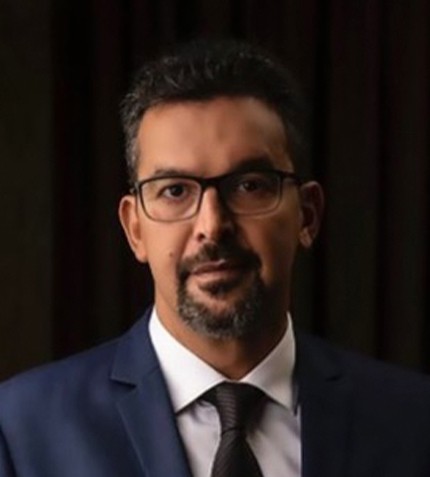
"Our focus in California is on helping new companies establish themselves through formation, helping the executives to get their employment and equity agreements in place, and assisting with constituting boards of directors and scientific advisory boards. We also have a unique service called Venture Pipeline, which is responsible for finding investment and potential investor opportunities for our clients."
Louis Lehot
MANAGING PARTNER, DLA PIPER
Could you give a brief introduction to DLA Piper’s life sciences division and the core focus of the firm?
DLA Piper is among the largest law firms in the world, with fully integrated offices across six continents. Our coverage in Europe is substantially dense, and we also have a strong presence in 19 cities across South America. Among our differentiators is that we are able to deliver full business legal services to life sciences companies anywhere in the world. Our focus in California is on helping new companies establish themselves through formation, helping the executives to get their employment and equity agreements in place, and assisting with constituting boards of directors and scientific advisory boards. We also have a unique service called Venture Pipeline, which is responsible for finding investment and potential investor opportunities for our clients. We are creating the bridge between new life sciences companies that need funds and the funds themselves.
With respect to legal services we provide to the life sciences industry, we assist in the patenting process of molecules, biological compounds and chemical compounds, and marry the intellectual property with regulatory requirements. Thanks to our global platform, we can also connect our clients to low cost-facilities in other geographies for their clinical trials. The goal of most life sciences companies is to accumulate enough capital to bring an idea from formation to the market. Typically, the financing model is staggered in phases, where Series A is funded immediately and Series B and Series C are then funded contingently based on the achievement of milestones. The faster the milestones are hit with the least amount of capital spent, the better the company’s chance of success. We assist our life sciences clients in this financing process.
How has the opening of the Stock Exchange of Hong Kong to biotech companies and the continued trade tension between the United States and China impacted the opportunities for biotech companies across these two jurisdictions?
The HK Exchange is trying to provide Chinese biotech companies with an IPO alternative to the NASDAQ, and while there was a rush of activity from biotech companies earlier this year, it is uncertain whether the HK Exchange can provide a viable alternative to the NASDAQ in the near term. In the United States, there is a great opportunity to attain capital investment from China to grow life sciences businesses and sell the products back into the Chinese market. However, feedback indicates that Chinese investors are becoming tentative when deploying capital into the United States due to the current trade war and the future consequences US investment may have for them. As a result, US biotech companies are not benefitting from this significant source of investment to fuel their growth, and those able to raise funding and develop their products may still face significant challenges in entering the Chinese market. The dialog between the United States and China needs to improve for business to capitalize on the opportunities presented and maintain a positive outlook.
What result have the recent tax reforms had on the biotech industry?
The corporate tax rate decrease from 35% to 21% has been a great advantage for corporations and investors. The application of a tax on global offshore cash with no further repatriation tax into the United States has also allowed American companies to bring cash back into the country from offshore and invest it. This has resulted in a huge increase of shares purchased in the open market by American public companies, and the stock market has increased significantly since the Trump tax reform. There is currently a huge spending trend on stock, rather than on M&A. There has essentially been a slowdown in M&As and we expect this to continue until the next election.
In terms of IP protection, what key industry trends are you seeing?
Since the TC Heartland v. Kraft Foods Group, 137 S.Ct. 1514 (2017) case in the US Supreme Court, there has been a significant decrease in the amount of patent litigation in the United States. At the same time, China has become much more serious about IP protection, especially in key sectors such as biotech and medtech, and this trend will continue as companies increase their local innovation activity. DLA Piper is involved in a number of IP disputes, some of which have impacts both in China and the United States, and our experiences demonstrate that patent and other rights are enforceable in Chinese courts. Another trend in the biotech sector relates to biosimilars and how countries are balancing the regulatory approval process and the enforcement of patent rights. We are already seeing some patent litigation around the approval and marketing of biosimilars.
What are DLA Piper’s key objectives moving forward?
DLA Piper believes that to be relevant in the life sciences industry we need to have a multi-tiered strategy, which now includes helping the formation of new companies. We need to continue being relevant with accelerators, and we want to continue to provide technology-enabled services for free to assist companies in their establishment. The objective is to continue to roll out new services for our early-stage life sciences companies. Part of our strategy is also to be associated with investors that are providing funding for companies as they develop their pipelines.










